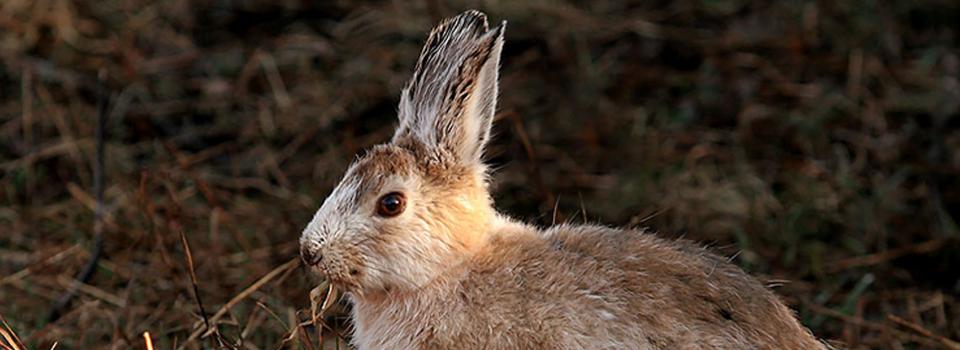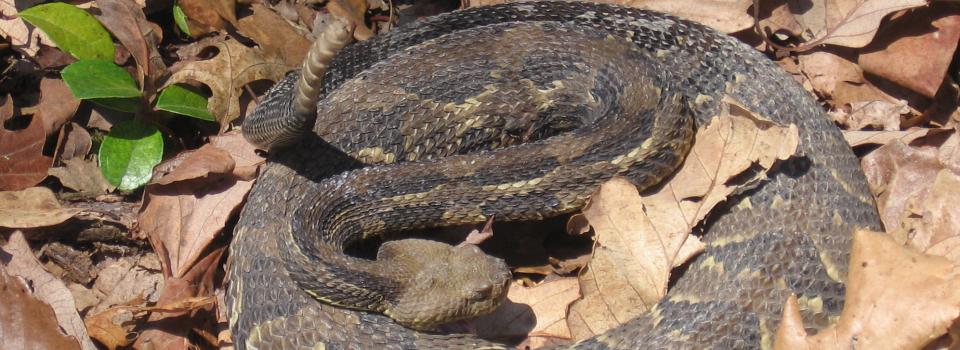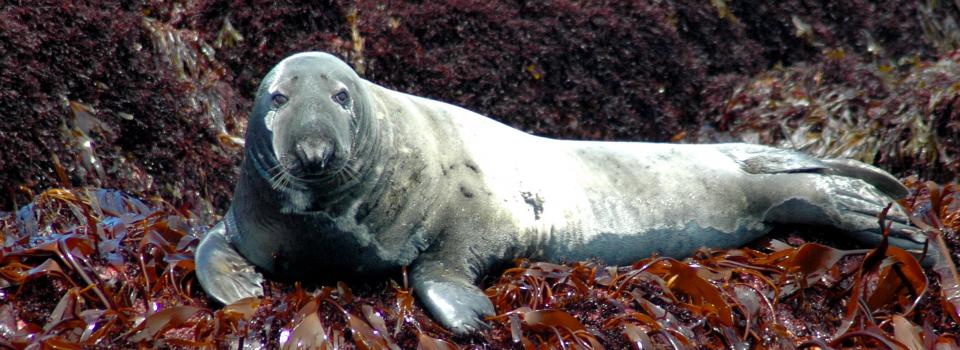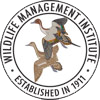
Hermit Thrush
Photo by: Robert Royse

Box Turtle
Photo by: Jonathan Mays

Snowshoe Hare
Photo by: Mike Hodgson

Timber Rattlesnake
Photo by: Kelly Wiley

Gray Seal
Photo by: Jonathan Mays








Invasive species pose a significant threat to many Species of Greatest Conservation Need (SGCN) throughout the Northeast region. Some State Wildlife Action Plans (SWAPs) have specifically identified invasive species that impact subsets of SGCNs but to date, there has been no assessment of the invasive species posing the greatest potential threat to SGCNs at the regional level. Furthermore, very few tools exist to help managers and decision makers qualify the impacts that individual invasive species have on SGCN in their states.
The recently completed RCN Project: Identifying Relationships between Invasive Species and Species of Greatest Conservation Need in the Northeast Region has resulted in a customizable dataset of invasive species and SGCN information. Users can generate ranked lists of invasive species for their region as a method of evaluating invasive species impacts. The dataset can answer questions about the potential number of SGCN affected by individual invasive species in a given region, as well as evaluate the severity of the impact. Users can work with complicated analyses of habitat overlap between invasive species and SGCN and also consider whether the invasive species affects the SGCN at a species, habitat or system level. The weight of the metrics can be customized so that users can incorporate their own knowledge of invasive species impacts into the analyses.
The final report provides background information on how the lists of SGCNs and invasive species were compiled and attributed. An example report and accompanying dataset and appendices walk users through one possible method to generate specific ranked lists of invasive species. The data that are provided with this report may be used by managers and decision makers to answer more specific questions relating to the severity and importance of individual invasive species or SGCNs, however any potential user should be aware of the assumptions and limitations before applying results to any decision making process. This information, if used along with additional information such as invasive species management options, can contribute to effective decision making for targeted invasive species mitigation and threat assessment. The final products are available here.

© 2020 A Wildlife Management Institute Project